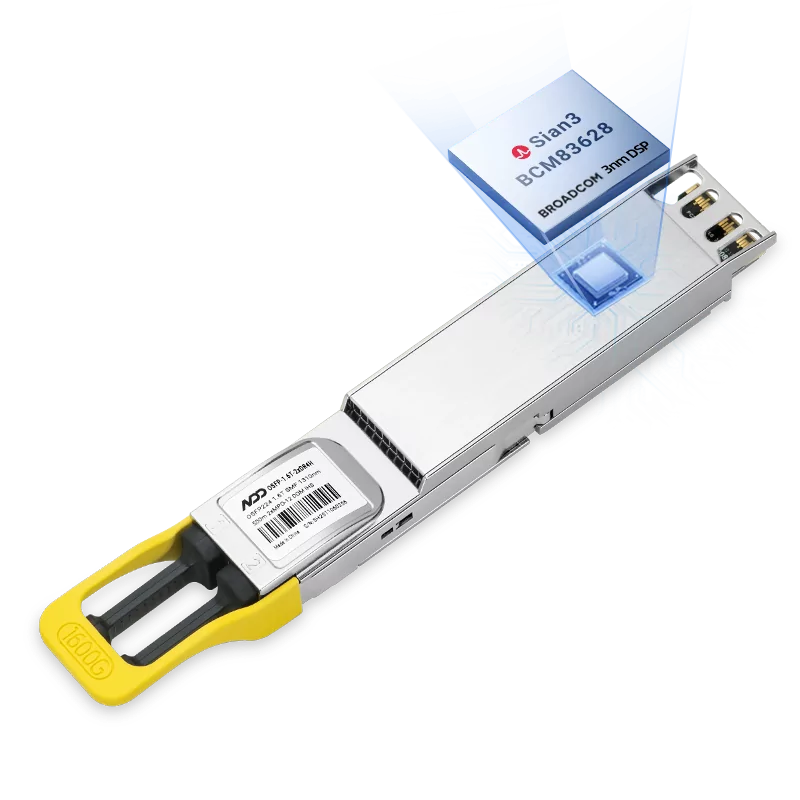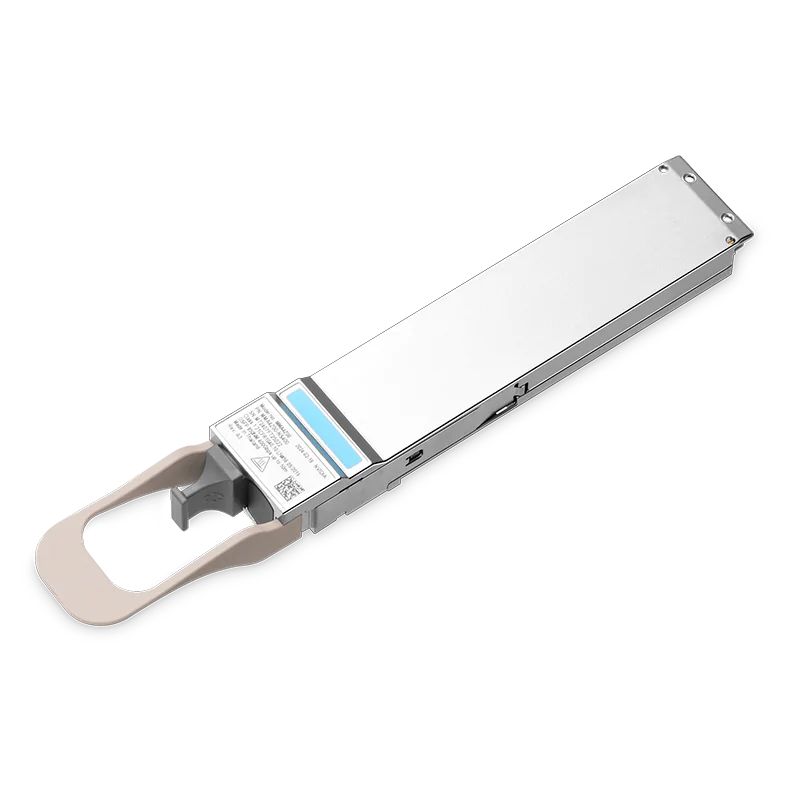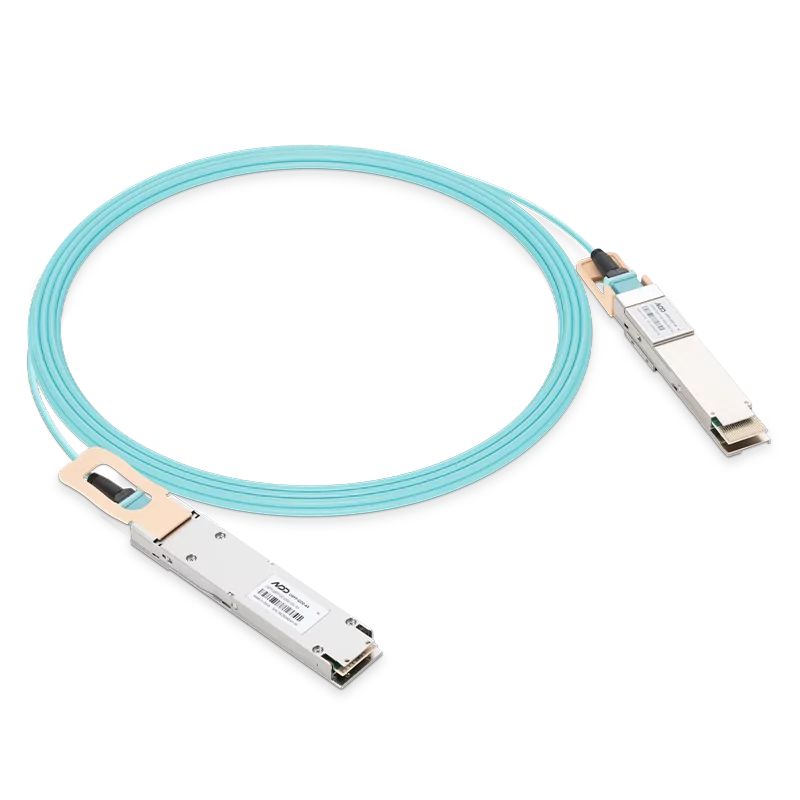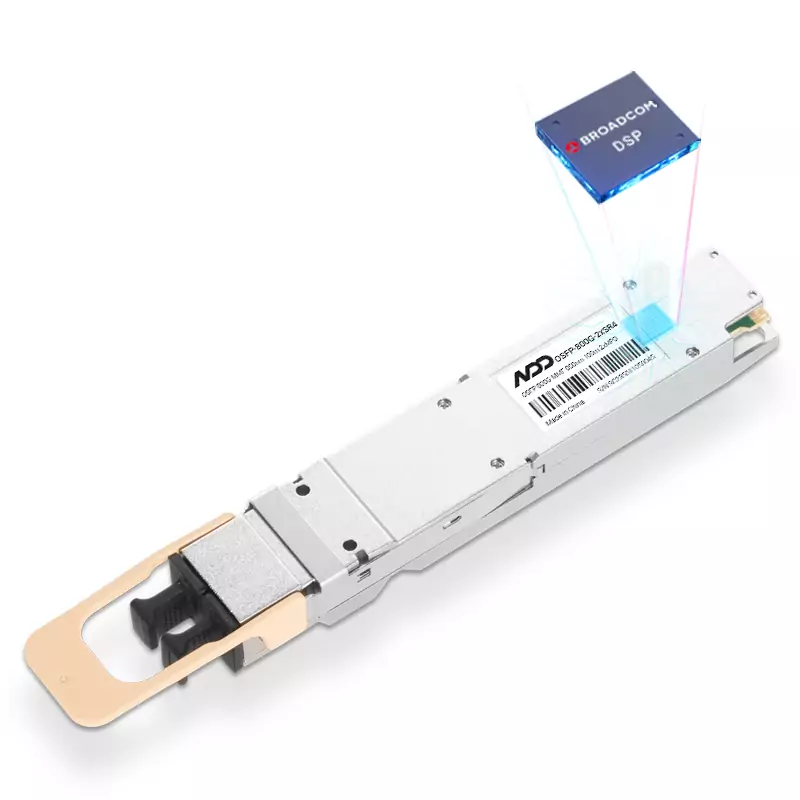Find the best fit for your network needs

share:
 800GBASE-2xSR4 OSFP PAM4 850nm 50m MMF Module
800GBASE-2xSR4 OSFP PAM4 850nm 50m MMF ModuleLearn More
Popular
- 1NADDOD at GTC24: Review AI Highlights and Explore the Technology Frontier
- 2NVIDIA GB200 Interconnect Architecture Analysis-NVLink, InfiniBand, and Future Trends
- 3Five Major Network Demands for AIGC Large Models
- 4The Key Role of High-quality Optical Transceivers in AI Networks
- 5Common Problems While Using Optical Transceivers in AI Clusters















































